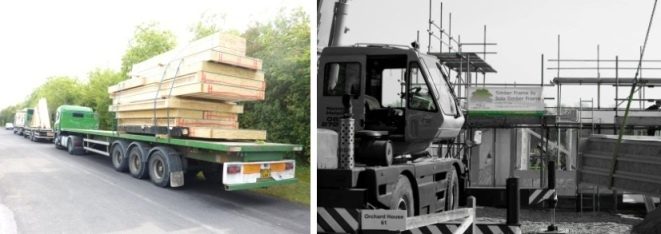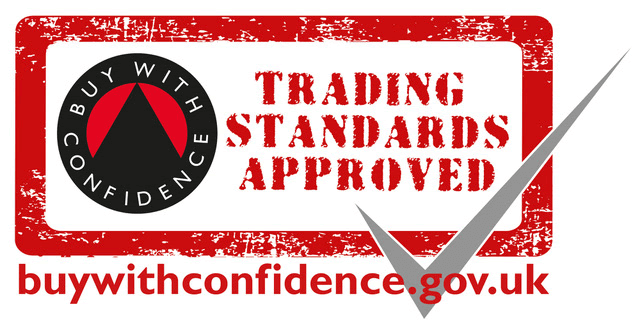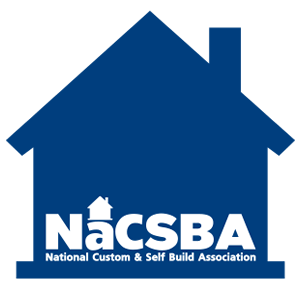Step 5 – Start building Your Timber Frame House
The days of building sites being inherently unsafe places are long gone. This is a quick overview of what you should be providing and ways to prevent problems.
Preparing for first day on site
As a Self Builder you are your own Main Contractor and it’s your responsibility to provide a safe working environment and suitable site facilities. You need to consider:

- Safe and clear access to the plot
- Safe scaffolding
- Solid base for a crane and delivery vehicles to set up on
- Running water for drinking and building
- Builder’s electric supply
- Skip for waste material
- Site toilet
- Tea and coffee making facilities
- Dry storage area
- Security in the form of site fencing
Neighbours can be a source of stress whilst building your Timber Frame house and they may already be annoyed you applied for permission to build in the first place. Try to get them back on side by having a conversation warning them you’re about to start work.
If it goes well ask them to keep an eye open during evenings and weekends for any unusual activity such as thieves or vandals.
Good site rules to adhere to
It’s important to be aware of the hazards and risks on a building site and the methods for eliminating or reducing them. We would recommend that as a Self Builder/Project Manager, you should consider yourself as a small builder and use the HSE advice provided to them as a guideline for managing construction safety on your build.
Here are a few quick tips
- When you’re not on site make sure someone is left in charge
- Declare your site a hard hat area during construction
- Ensure workers on site wear other appropriate clothing, E.g. goggles, boots with reinforced toe caps
- Ban scaffolding adjustments by anyone other than your Scaffolders
- Keep your site clean and tidy and prevent trip hazards
- Ban children from the site
- Ban smoking from the site
- Demark excavations and openings
- Store all materials carefully and handle them according to the instructions
- Keep a well stocked first aid box on site and make sure everyone knows where it is
Keeping your Self Build on schedule
The best advice we can give you is to write a realistic schedule. Tracking every process to the day will almost certainly not work, so you must allow for some flexibility.
Anything from bad weather to broken tools to unforeseen engineering issues can cause a delay and its likely all of these will happen during your build. It’s one of your roles to manage these in terms of the schedule, so keeping it realistic in the first place will help you keep a cool head.
Give your Tradesmen a start date that is ‘week commencing’ rather than a specific date. Admittedly, this has the disadvantage of meaning they may start later that week when in fact you’re on schedule, but that’s better than having them move to another job because you’re running three days late.
Also, have an open conversation with them and ask what will happen if the agreed start date is missed. An open and respectable dialogue between you are your tradesmen is one of the most important factors in any Self Build.
How Solo Timber Frame can help
For our own part Solo Timber Frame’s service includes having our Contracts Manager visit your site shortly before your Timber Frame is due to be delivered. This ensures that your foundations are of the required standard and that the day of delivery will go as smoothly as possible.
Sadly, we can’t control your follow on trades but we can point you in the direction of our Wondertool which will help you keep track of your budget and schedule.


